Tourism and Technology: Helping Africa See a Future
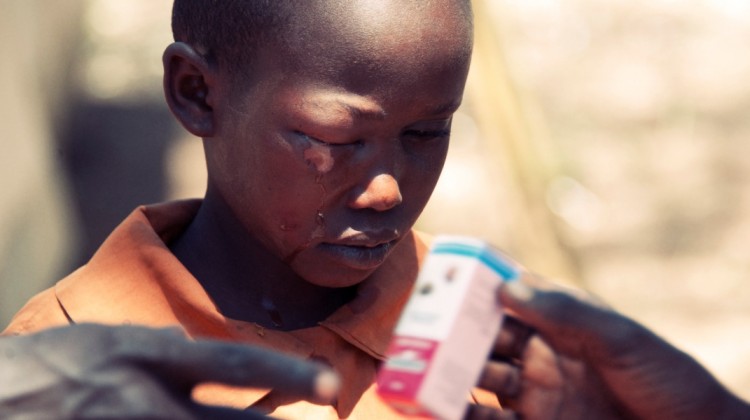
Anyone who has travelled through or visited an African village on safari will know that people in many parts of rural Africa suffer from serious eye problems. Access to eye care is minimal and the statistics are shocking:
- Over 15{13c8d4b31df5f805556ed83a8829bbffcaa4563894948df0cae38482b102b43c} of the world’s blind population lives in Africa
- 80{13c8d4b31df5f805556ed83a8829bbffcaa4563894948df0cae38482b102b43c} of blindness is curable
- People in developing countries, including those in rural Africa, are ten times more likely to go blind than those in developed countries
SAFE strategy
Trachoma, characterised by inflamed granulation on the inner surface of the eyelids, is the leading infectious cause of blindness in Africa. It is spread by direct contact with eye and nose discharges from infected people, by sharing towels and flannels, and is also transmitted by eye-seeking flies. Aware of the scale and devastating effect of the problem, many governmental and non-governmental organisations are working together to eliminate trachoma by 2020 by following the SAFE strategy:
- S – surgical treatment
- A – provision of antibiotics
- F – face washing and other hygiene methods
- E – environmental improvements
Eye disease in Africa
In Kenya’s Laikipia region, the team at Ol Malo Lodge are only too aware of the impact of poor eye health on local villages—many of which are home to staff. A December 2003 survey of over 100 manyattas (informal villages) and more than 1,800 people reveals the extent of the issue:
- Over 50{13c8d4b31df5f805556ed83a8829bbffcaa4563894948df0cae38482b102b43c} of the population were suffering from trachoma
- Over 40{13c8d4b31df5f805556ed83a8829bbffcaa4563894948df0cae38482b102b43c} of children under nine had been subject to repeated infection and were suffering of chronic inflammation of the eyelid, which in time leads to scarring
- Almost 80{13c8d4b31df5f805556ed83a8829bbffcaa4563894948df0cae38482b102b43c} of adults over 30 were blind or in danger of becoming blind
This was accomplished through relatively simple but groundbreaking measures such as a ‘leaky tin’ (a plastic container with an acacia thorn plug) for hand washing. Using less than a cup of water, a whole family can wash their hands. How the Leaky Tin works People are also equipped with a wooden trowel, known as a ‘ngisipet’ (which means ‘to cover’ in the local Samburu language) to dig earth to cover faeces. The trowel can be discreetly hidden within the clothing to avoid any embarrassment of being spotted going about your ablutions—something particularly problematic for women within nomadic tribes.
Medical Training Alongside these programs, the Eye Project also works with Standard Chartered Bank to provide annual surgical ‘camps’ which train local ophthalmologists and trachoma monitors from within local communities.
These programmes have been recognised by the People’s Princess Charitable Foundation and the First Choice Responsible Tourism Awards. A few years ago, Julia Francombe attended the Humanitarian Rose Gala at Kensington Palace to receive an award on behalf of the Ol Malo Trust. Julia said she had started the project with a simple goal to improve the lives of our Samburu neighbours. To date the project has resulted in seven eye camps and 507 eyes treated.
“In just over ten years our small and energetic team have returned sight to more than 500 people.”
Understandably, returning a person’s full sight is transformational, but even regaining the use of a single eye has a profound impact on an individual’s life, as the experience of this elder, who Julia had to bribe with the promise of a goat if the outcomes wasn’t to his liking, demonstrates. The Future of Tech Savvy Eye Tests Existing eye care equipment is expensive, tricky to use and hard to source. All too often this means that people aren’t getting treated quickly enough, if at all. After Peek Vision’s founders experienced first hand, during a remote study in rural Kenya, the logistical nightmares involved in collating the tools needed to conduct eye tests in remote African locations, they came up with the idea of transforming the smartphone into a comprehensive eye exam tool. It’s not only very portable but gives high resolution images of the eye at a fraction of the cost.
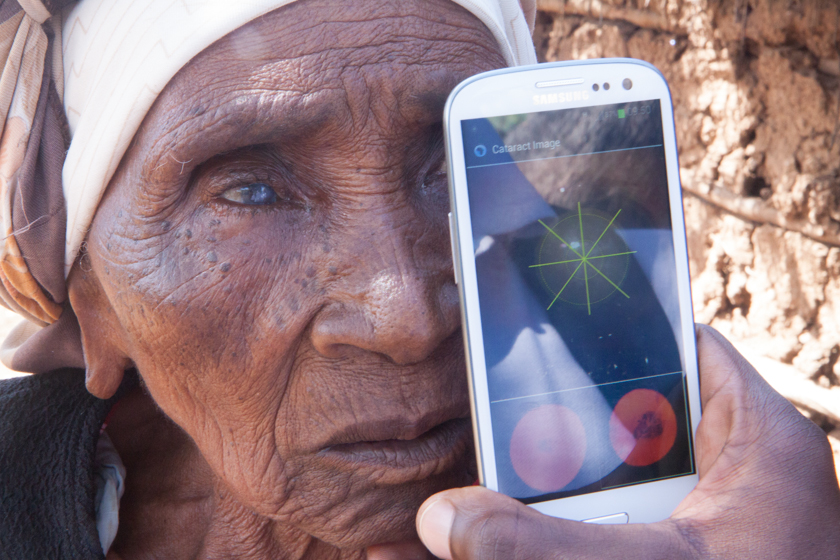
Cataract testing outside patient’s home using Peek Vision’s portable eye examination kit. Photo credit: Peek Vision
This technology is just one of the resources being employed by the Commonwealth Eye Health Consortium (CEHC), a group of eye health organisations from several Commonwealth countries. Together they deliver an exciting, integrated, five-year programme of fellowships, research and technology which aims, over the long-term, to strengthen eye health systems and quality of eye care throughout the Commonwealth.
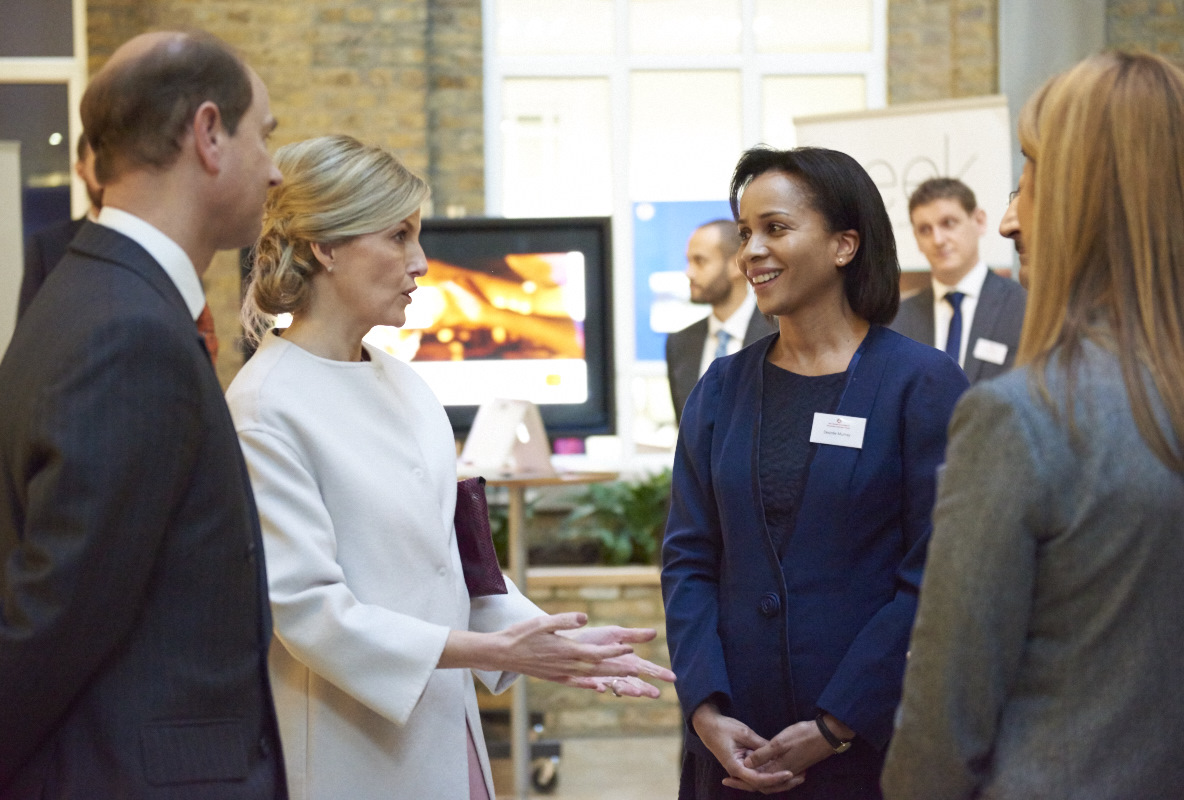
The Countess and Earl of Wessex meet some of the CEHC MSc scholars during a recent visit to the London School of Hygiene & Tropical Medicine. Photo credit The Queen Elizabeth Diamond Jubilee Trust/Tara Moore
Former Prime Minister, Sir John Major, who is Chairman of the Trust, said:
“I am delighted that The Queen Elizabeth Diamond Jubilee Trust is able to fund this important programme. With the invaluable and diverse talents of so many specialists – from all around the Commonwealth – we can, together, lead the fight against avoidable blindness worldwide.”
How You Can Help A couple of years ago, Aardvark Safaris’ sales consultant Victoria Langmead stood atop Africa’s highest freestanding mountain and raised just over £3,000 for the Ol Malo Eye project.
‘Knowing that I was helping people see again helped me every step of the way up that mountain. It was a hard slog and anyone who knows me would agree that I’m not the most sporty and outward bound kind of girl, so it was a massive challenge – particularly for someone with such short legs!’
Many charities working to fight curable eye disease in Africa rely entirely on donations. If you would like to make a contribution or learn about other ways you can help, simply select the links below.
- Ol Malo Eye Project (Kenya)
- www.sightsavers.net (UK)
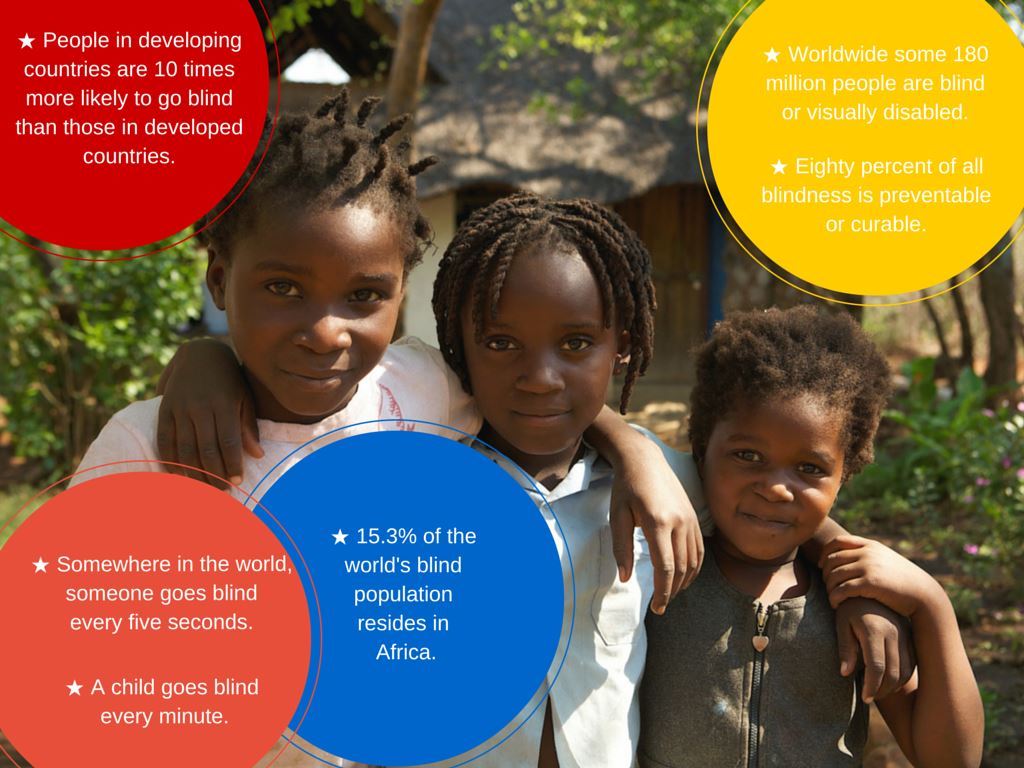
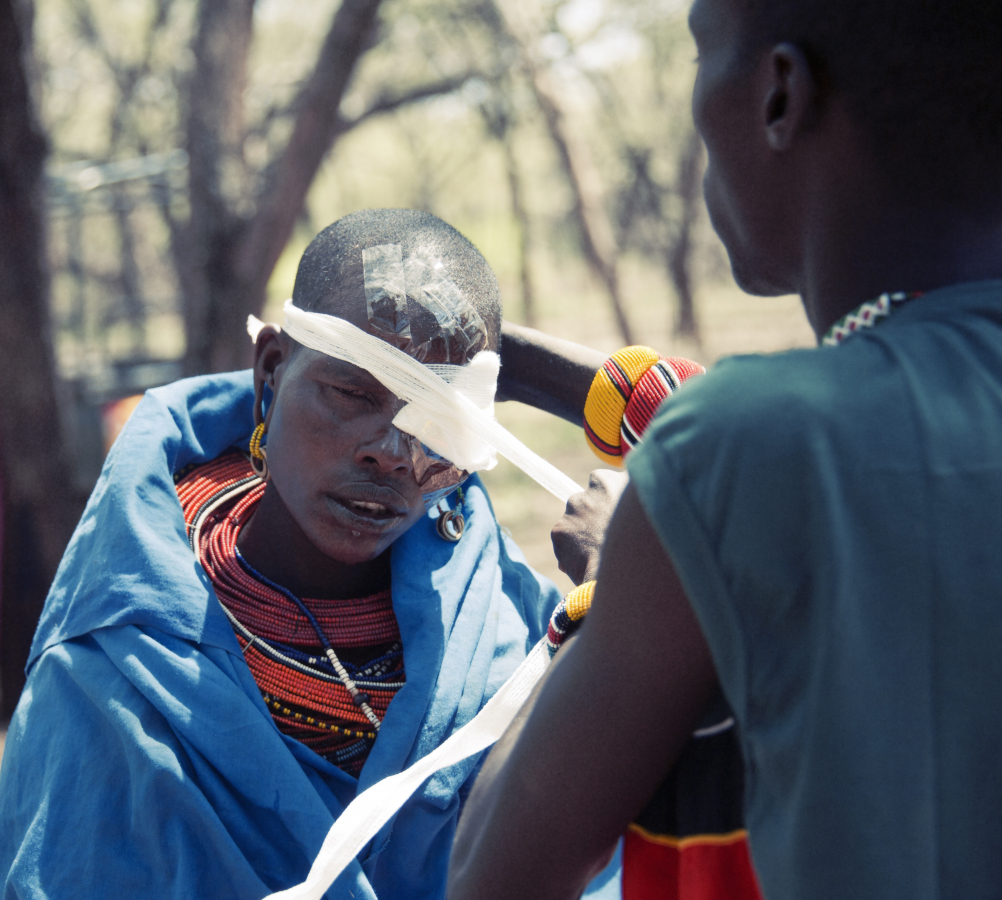
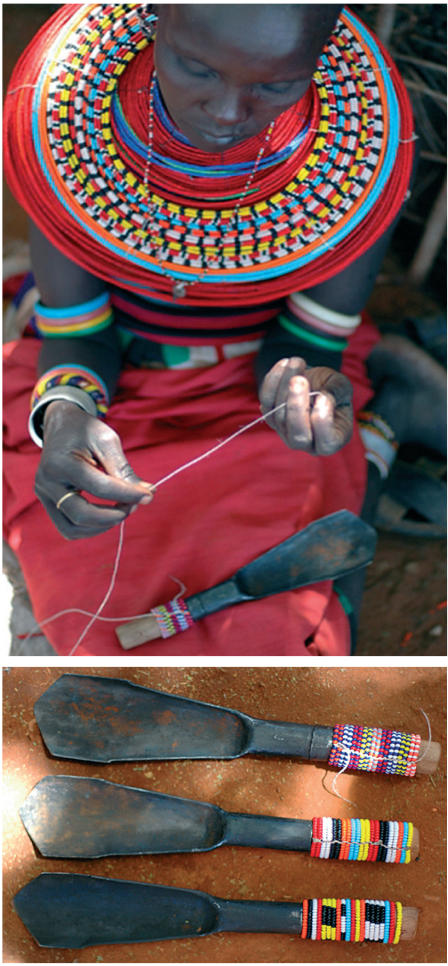
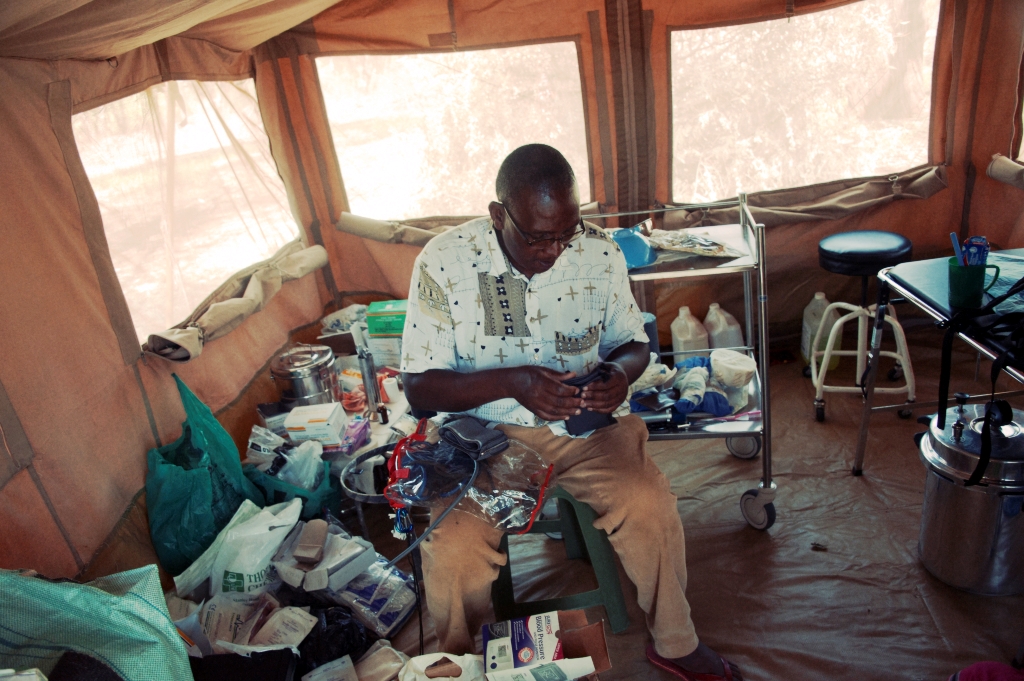
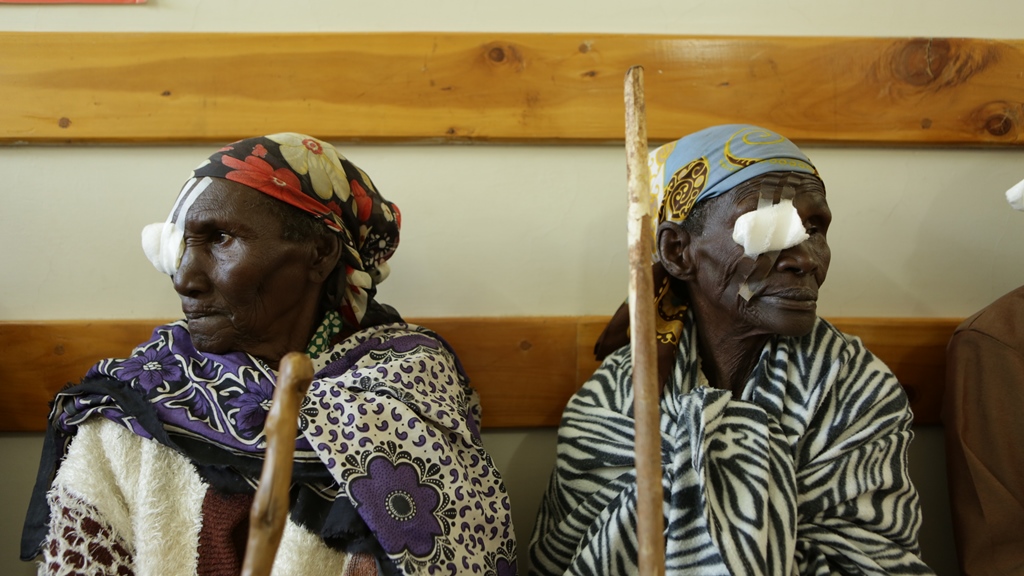
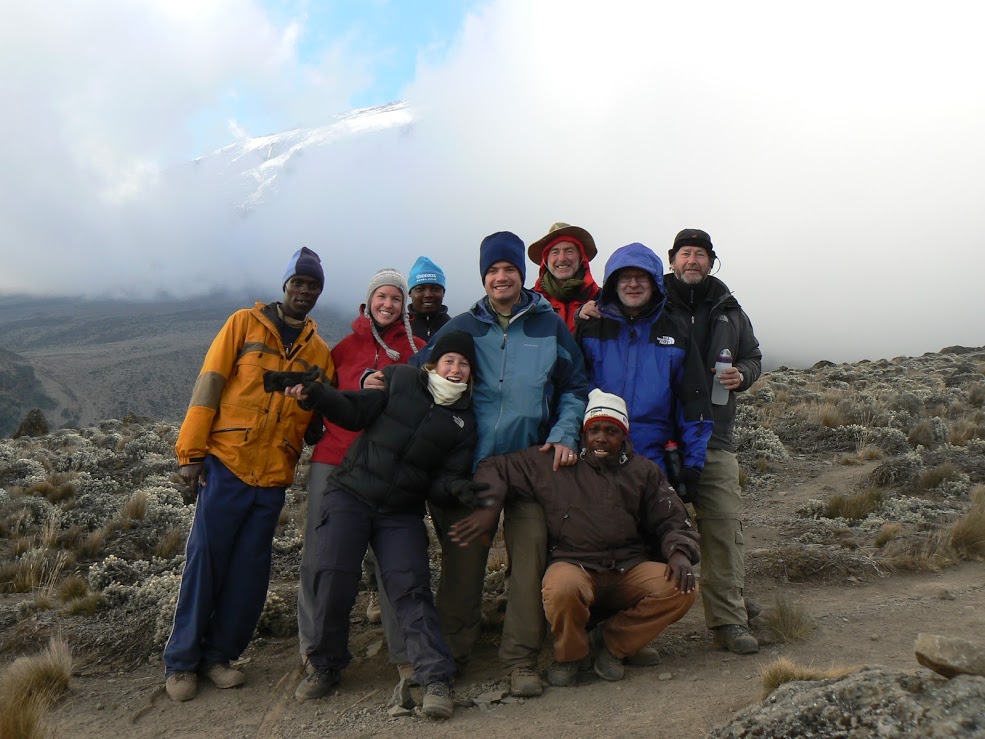
Leave a Reply